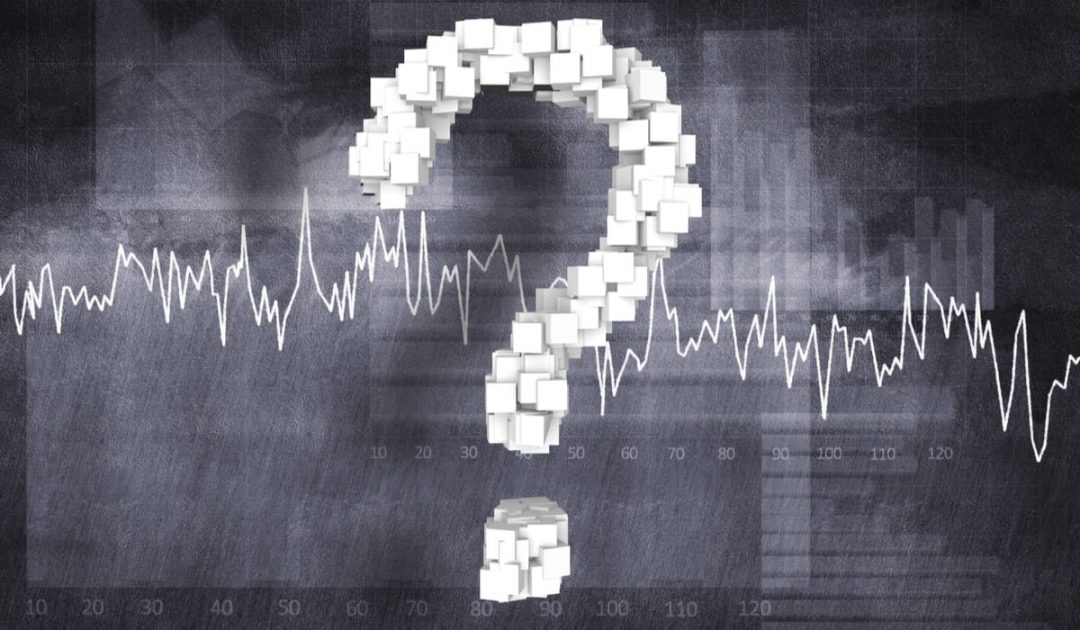How to Keep a Trading Diary: Practical Tips

7 minutes for reading
In this article, we will discuss an important and useful trader’s instrument, which is a trader’s diary. It helps you increase your discipline, detect mistakes, and bring your skills to perfection.
What for do we keep a trading diary?
The Internet is full of books and articles on trading but not all of them will be useful. The most popular ones tell a trader what they want to hear instead of describing the true market reality. Books on trading often focus on appealing setups, leaving behind possible mistakes in the fulfillment, search, and realization of trading ideas.
That is why I recommend all traders, especially beginners, to start a trading diary as early as possible. It will become your best book on trading. It will reflect the market as you see it and keep track of all your actions and their results.
Even experienced traders often keep trading diaries diligently because they know that it is one of the most useful and working instruments: it helps you see your possible inefficacy right at the start and correct it timely.
A trading diary helps to not only prepare trades well but also analyze the results of trading. In losing periods, you can scrutinize the diary and detect the reasons for your drawdowns. Among such reasons, you can see emotions that make you violate your trading rules or errors of your trading system that need correction.
The process of keeping a trading diary consists of three parts:
- A description of your trading plan.
- Statistics.
- An introspection log.
Part 1: Description of your trading plan

Your trading plan must describe your detailed trading plan, your analysis; it helps you write down on paper (or in a file) your ideas of the market and your own trading. On the whole, the analysis of and your opinion on the market as they are do not make your trading successful; however, your current opinions define your area for finding ideas.
In this part of your diary, you can give your answers to the following questions:
- Will you look for trends or ranges?
- Will you try to trade bounces off the extremes or breakaways?
- Will you hold your position for long or close it quickly?
The description of your trading plan helps to see the correlation of your ideas with real market events.
Your trading plan also includes the description of trades you plan in details:
- The reason for entering a position;
- Where to place the Stop Loss;
- Where (or when) to take the Profit;
- Your emotions.
Having your plan described in detail, you increase your discipline and decrease the probability of chaotic, emotional actions.
Part 2: Statistics

In this part of your diary, you just write down the results of your trading. Final digits will show the current state of your trading ruthlessly, though they will never be the final diagnosis. Many immaculate trading methods may lead to a series of losses that should be estimated only at a distance – after a statistically important period.
The statistical part of your diary will contain not only digits; it holds factually earned/lost points/dollars, synthetic values, such as the profit factor, number of trades, average lot volume, dominating direction of your positions, and the distribution of trades between days of the week.
In essence, statistics are accumulated for tracking these factors. Comparing your trading with market behavior, you can conclude whether you were too aggressive/cautious, do you normally trade the trend or go against it. Maybe the trend is over but you go on following it, mistaking a reversal for a correction? You can answer these questions, analyzing your statistics.
Here are four main parameters that define your trading.
The number of trades
The number of trades, on the whole, shows whether you give your trading plan a chance to work on its full scale. It is important to know the average normal number of trades characteristic for your trading system/method. It might be 15-20 trades a day/week/month. That is why it is so important to keep your own statistics.
When your trading reaches perfection, write it down and then compare this one to other periods – especially hard times. It is not only dangerous to open more trades than necessary (this might lead to the growth of expenses, including losses), but also opening fewer trades than you should is a red flag – it means that you are overcautious in fear of a loss.
Sometimes it will be wise to take your activity level down (especially if you have little idea of what is going on in the market); however, this decision must be conscious and temporary (until you grip the process). One option in a critical situation is switching to a demo account instead of decreasing the number of trades on your main account, violating your trading system.
Direction of trades
The analysis of your activity by the direction of your trades may show whether you have a certain bias about the direction of the market.
For example, some traders prefer playing short instead of long, and vice versa. Any of these approaches is quite vulnerable – your trading will be unstable and prone to drawdowns on trend reversals.
The size of positions
You should vary the size of your positions (the lot) with much care and consideration. This is acceptable if you are increasing your position – building a “pyramid” with a risk for your profit. On the other hand, if you are increasing the lot, feeling very confident about your trade, keep in mind that even experienced traders are often mistaken about this.
Successful traders are frequently weak at forecasting, which does not prevent them from making profits. In this case, just try analyzing your trading history – how often your confidence about the market behavior led to your expected result? Most probably, the correlation will be random or negative. That is why increasing your trading lot is often unreasonable.
Your instruments
Finally, your statistics must feature the instruments you trade. Sometimes traders are prone to the following: they choose many instruments but use only one or two (maximum three) of them, such as the pound or euro. If there are no good setups for them, the trader finds trades with other instruments.
Such trades are quite rare: having completed them, the trader forgets about this trading instrument and focuses on one or two main ones.
It is important to analyze the results of such episodic trades and find out whether they hinder your trading system.
Part 3: Introspection log

In this part, you work with your psycho-emotional state: you write down your thoughts, emotions, and reactions to the surrounding events. Thus you can increase your emotional stability and level of consciousness, which will directly affect your results.
On the whole, the hardest thing about trading is to follow your plan regardless of possible losses and misfortunes. Such a log will help if not neutralize your emotions then step away from them, stop identifying yourself with them and, as a result, gain more self-control and discipline.
Closing thoughts
A trading diary is a very useful instrument for a trader that helps to improve your trading discipline and your skills. The diary will help you estimate the statistics of your trades, find the weak and strong points of your trading system, and increase your emotional stability.
Do you keep a trading diary? Tell us in the comments what other data you write down into it.







